Computer systems at IRyA
IRyA has personal computing equipment and mid-size servers. In addition, IRyA has cutting-edge high-performance computing equipment (clusters).
The Draco cluster is used to process large amounts of data (up to tens of TB per project) from arrays of radio telescopes such as ALMA and VLA. It has 272 cores, 1,088 GB of RAM and 660 TB of storage in the Lustre file system (540 TB in HDD disks and 120 TB in SSD disks). Draco uses a 10 Gbps high-speed internal network, and is optimized to do serial calculations and to simultaneously read/write to/from parallel storage disks.
The Mouruka cluster is used for fast numerical computation, mainly in theoretical topics involving hydrodynamic simulations and radiative transfer calculations. It has 1,164 processors, 4,672 GB of RAM and 80 TB of storage. Mouruka uses a high-speed InfiniBand QDR internal network of 40 Gbps. Mouruka is optimized for intensive parallel computing, although its storage capabilities are lower than Draco's.
The Calzonzin cluster was the main cluster for fast numerical calculations before the acquisition of Mouruka, and is still widely used by IRyA researchers and students. It has 360 processors, 768 GB of RAM, 48 TB of storage and a GPU with 448 cores. It is optimized for intensive parallel calculations.
Instrumentation laboratory
The laboratory's main activity is to develop instrumentation for observational radio astronomy. The laboratory is involved in radio receiver projects covering the frequency range from 20 MHz to 345 GHz, as well as in the development of digital spectrometers based on analogue-to-digital signal conversion and electronic signal processing. The laboratory collaborates with other national and international organizations, including institutions in England, South Africa and the United States that focus on the development and setup of such instruments.
The funding for the laboratory comes from national and international sources, both public and private. The public funds include national support by UNAM and CONACyT, and foreign support from the governments of England and South Africa. In the private field, Xilinx Corporation contributes with in-kind donations. Thanks to that support, our laboratory owns modern equipment for the production and analysis of circuits, as well as radio frequency and microwave instruments including oscilloscopes, signal and noise generators, and spectrum and network analyzers.
The laboratory contributes to teaching and mentoring of students through UNAM's graduate program in science (astronomy), offering workshops and activities to complement the elective radio astronomy courses, as well as logistic support for the completion of master's and doctoral theses. It also participates regularly in summer schools and in the education of teachers and students. Finally, the laboratory also welcomes undergraduate students to use its facilities and equipment for their theses, social service and internships.





